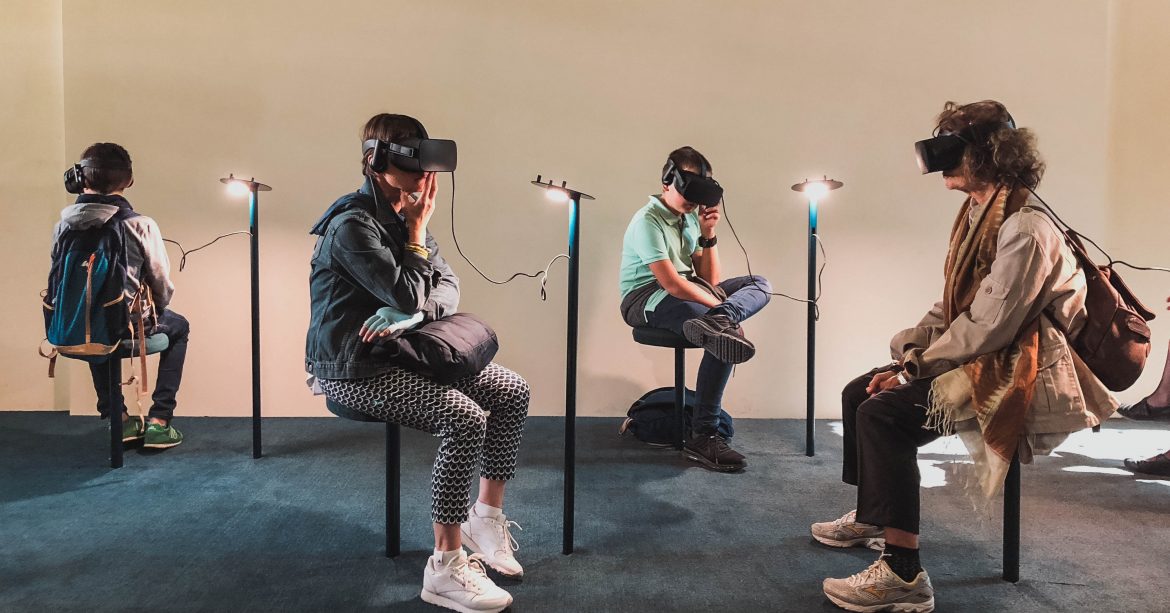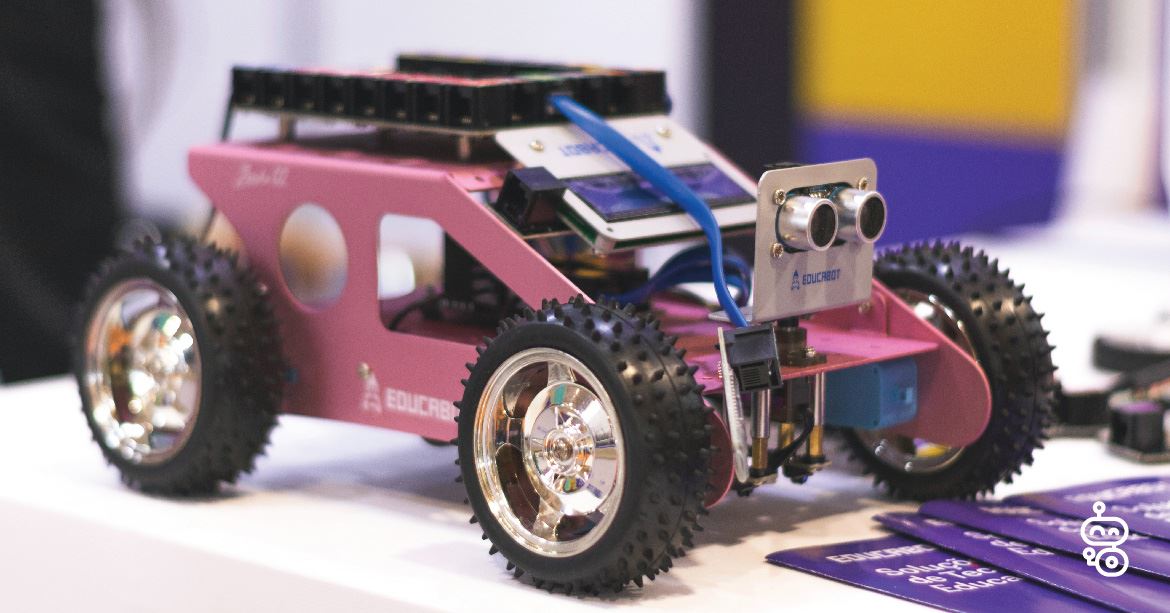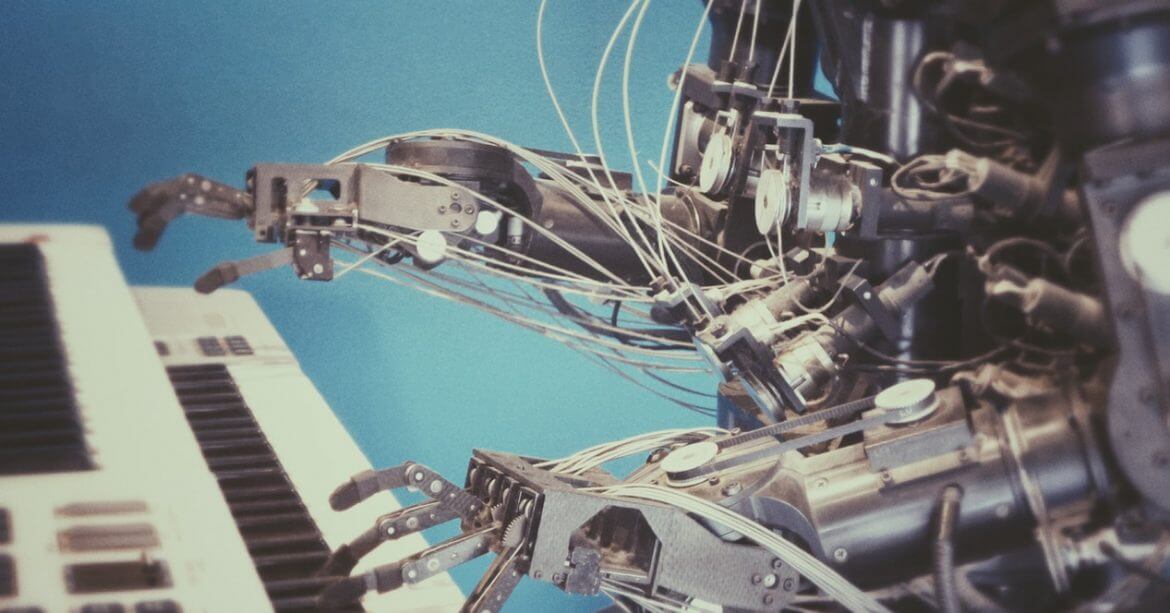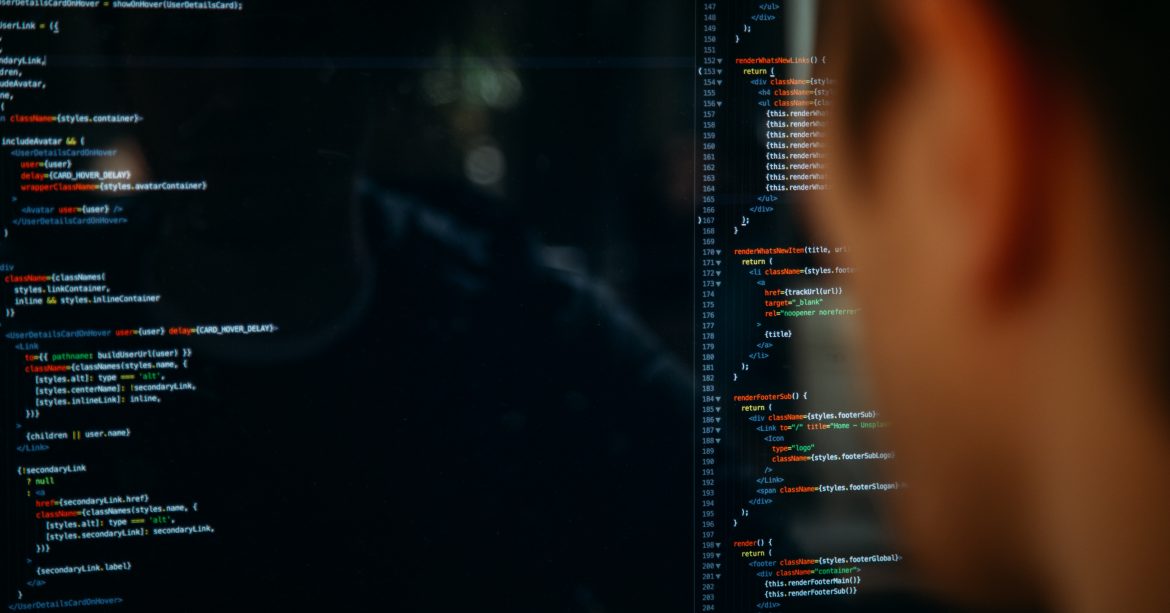4 reasons why we have to improve our knowledge about AI
In the ever-evolving landscape of technology, Artificial Intelligence (AI) stands as a formidable force reshaping industries and influencing the core fabric of our society. AI is expected to see an annual growth rate of 37.3% from 2023 to 2030, reaching a market size of $407 billion by 2027. As ...
Why You Need The Help Of Marketing Strategy Technology
Because technology is the answer to coping with the future. Following the current trajectory of the world’s events, I think it’s safe to say that technology is at the forefront of managing the ‘new normal’. Today, there is mounting pressure on businesses to adapt quickly in order to stay ...
Don’t Stumble into the Next Fiscal Year, Discover a Robotic Solution
We’ve nearly arrived—it’s the end of Q3 and companies are sent scrambling into Q4. Startups and other small enterprises are wiping their brow, singing praises that they’ve survived another fiscal quarter! However, where many companies are winding down and waiting for the year to end, they ...
8 Myths Surrounding AI
We’re surrounded by artificial intelligence daily. Yet there still are common myths and misunderstanding about Artificial intelligence which need to be dispelled. What exactly are these myths about AI technology?
The impact of machine learning in the travel industry
Every business owner and business leaders working in the field of tourism and travel, must use the latest trends to ensure that they are constantly up to date with the market. Therefore, it’s crucial to keep up with the development of our fast-growing technology and integrate machine learning ...
How Robotics is Changing Marketing
We are currently in an age where technology is advancing at an exponential rate, and as a result, is becoming more and more prominent in every field of business, including marketing. Humans still cannot even fathom the technological advancements that we will be facing in the coming years, and ...
Robotics Opening the Door to Unlimited Possibilities: The Robotic Car
In our contemporary world, the pervasive influence of advanced technology and robotics is reshaping industries and unlocking unprecedented opportunities. The global industrial robotic market size is expected to reach $407 billion by 2027, experiencing substantial growth from its estimated $86.9 ...
The worldwide adoption of robotics
Moving into 2018 we’re seeing an increasing number of companies replacing a percentage of their workers with robotics and advanced technology in an attempt to increase productivity levels like never before and cut costs. This shift to accepting and adopting a robotic workplace will be one of ...
Adapt or become irrelevant
The workforce of tomorrow will require a completely different set of skills compared to recent times if they wish to navigate the future world of work efficiently. Fact: It’s no longer a theoretical exercise to wonder if your job will quite literally be replaced by robotics, it’s reality. The ...
Humans & Machines
“Humans and machines – each on their own – won’t be enough to drive businesses in the coming decades. Tomorrow’s leading enterprises will be those that know how to meld the two effectively” – Accenture. Those forward-thinking businesses who have adopted robotics, automation software and ...











